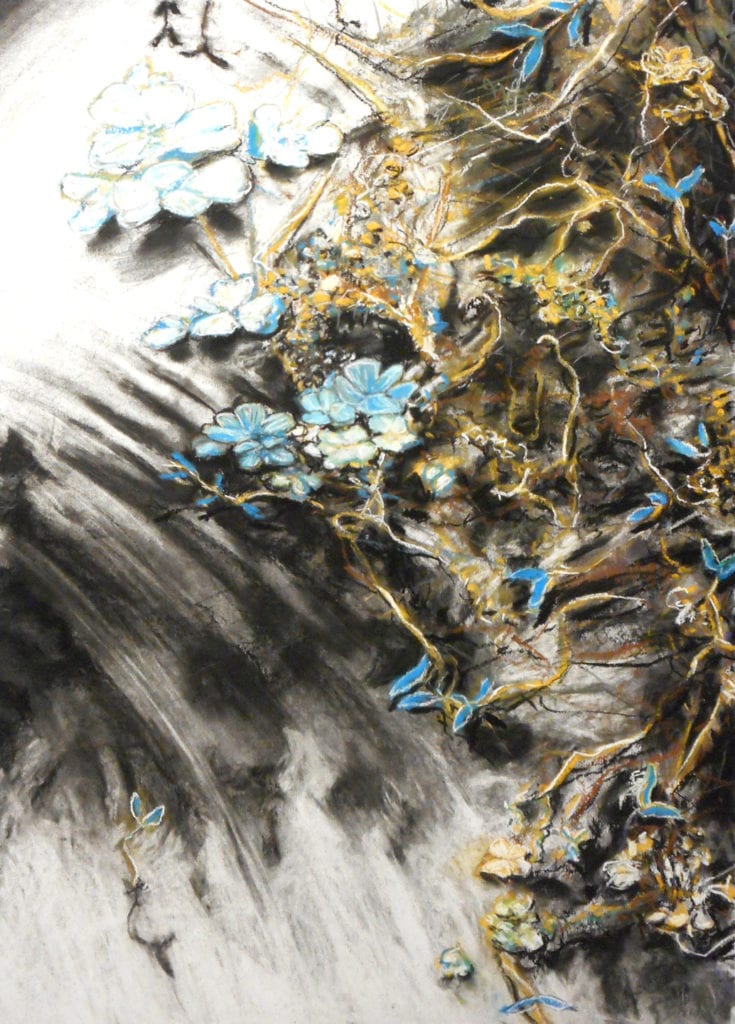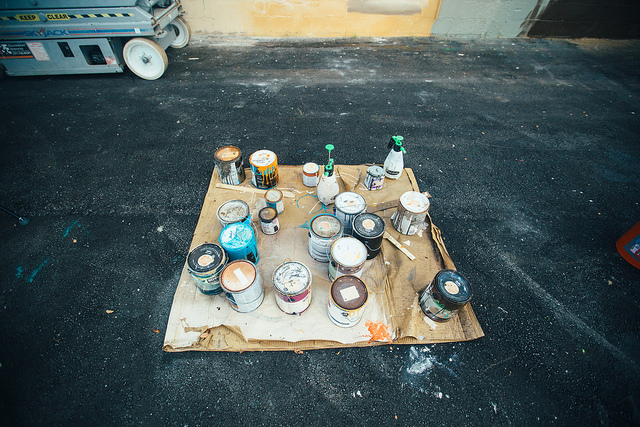Many business owners have an untapped power: It’s the power to foster a more vibrant community and create stronger relationships, simply by supporting homegrown arts and culture.
Kathy Gibson, a St. Pete-based art advisor and curator, has seen targeted local investments like these give back exponentially to business owners. She shared three easy and direct ways that local business owners can get involved and foster the vibrant Bay Area arts scene:
1) Purchase regional art for your business’ public lobby, if you have one. This may be one piece, a series by one artist, or a small collection of pieces by a few different artists. Include a plaque or label of some kind to identify the artists.
2) Invite the artists to see their work in your space, and consider having a simple gathering to celebrate this new relationship. Where relevant, a business could invite clients to the gathering to meet artists or enjoy a brief presentation. If the collection is large enough, invite interested groups in for a tour or discussion about the art.
3) Local arts organizations often have programs that could use financial support. For example, funding a table for an arts award banquet, or purchasing tickets to a local play or musical performance. Depending on budget, a business owner could buy multiple tickets and offer them to those who may not be able to attend otherwise.
“There are so many ways to be supportive,” Gibson said. “One business I worked for bought a block of tickets to a popular local performance as an employee holiday gift, and in doing so, checked many important boxes.”

Ongoing Commitment
About ten years ago, Gibson curated a corporate art collection for the law firm Shumaker, Loop & Kendrick, LLP, and the company today remains committed to actively supporting Florida artists. Gibson meets with their art committee several times a year to discuss artists of interest and potential acquisitions. She occasionally leads tours of the collection and hosts Art for Lunch presentations to staff.
“Knowing who you are buying from makes the experience more meaningful for both the buyer and the seller,” Gibson said. “Supporting local artists sets off a natural chain reaction…and, I think, makes future purchases more likely, which is necessary to keep artists in the region. It’s not enough to buy one piece and expect the artist to be able to stay in the area. You have to keep going back, just like you do to your favorite restaurant or coffee shop.”
Finding Balance
What’s the best recipe for a relationship that yields positive return to both business and artist? At the core, it’s about balance.
“Both parties have to give a little, and have an open, creative mind,” said Chad Mize, a St. Pete-based artist and curator who has worked extensively with businesses like Great Bay Distributors and Bank of the Ozarks. For a healthy exchange, Mize suggests artists study and honor each client’s goals, while businesses leave room for the artist’s creative input.
Mize curated a permanent collection for the offices of Great Bay Distributors in 2016, installing about 30 different pieces by 17 local artists at their St. Petersburg headquarters. The Contemporaries, a membership group from the Museum of Fine Arts, recently toured the Great Bay collection and got to speak with some of the artists about their process.
Gibson pointed out that patrons who build connections with artists in this way are more likely to offer up ongoing support.
“It’s not only about buying the work, but also celebrating the artists and encouraging others to support regional art,” she said.
Purchase and Participate!
John Collins, executive director of the St. Petersburg Arts Alliance, sees daily the impact of these types of relationships. He encourages business owners to buy—not just showcase—work from artists in their community.
“Showcase the visual arts, but purchase some of them,” Collins said. “It’s not doing a favor to anyone but the business to show art for ‘exposure’. Artists can die of exposure.”
Mize shared several more ideas for business owners who wish to support the arts scene in St. Pete: “Purchase only local art for offices. Donate to causes that benefit the local arts community. Attend events that revolve around the arts and encourage your employees to do so as well.”
You can even support the arts with your fork by holding business lunches at a cultural nonprofit venue, such as the MFA Café or Café Gala at The Dali Museum.
One major contribution doesn’t have to cost a dime: just show up. Whether at an exhibit opening, a pop-up concert or a gallery walk, artists need an audience to provide feedback and encouragement. Get a group together and make an impact with your feet. Take to the airwaves and let your friends on social media know you support local arts and culture.
“Participating in a vibrant art community is a responsibility,” Gibson said. “We all have roles to keep it alive and healthy—and as a result, we all benefit exponentially. Yes, buying is the best way to keep and celebrate talent in our area, but encouragement, attendance and sharing the experience are necessary, too.”



